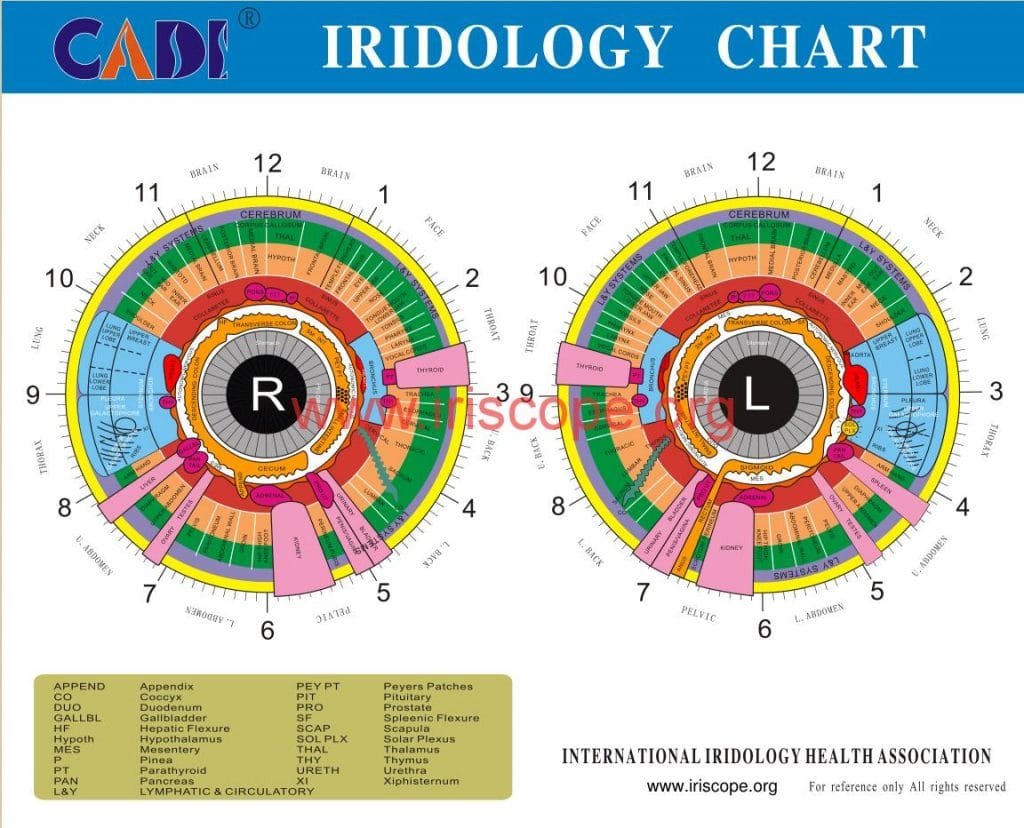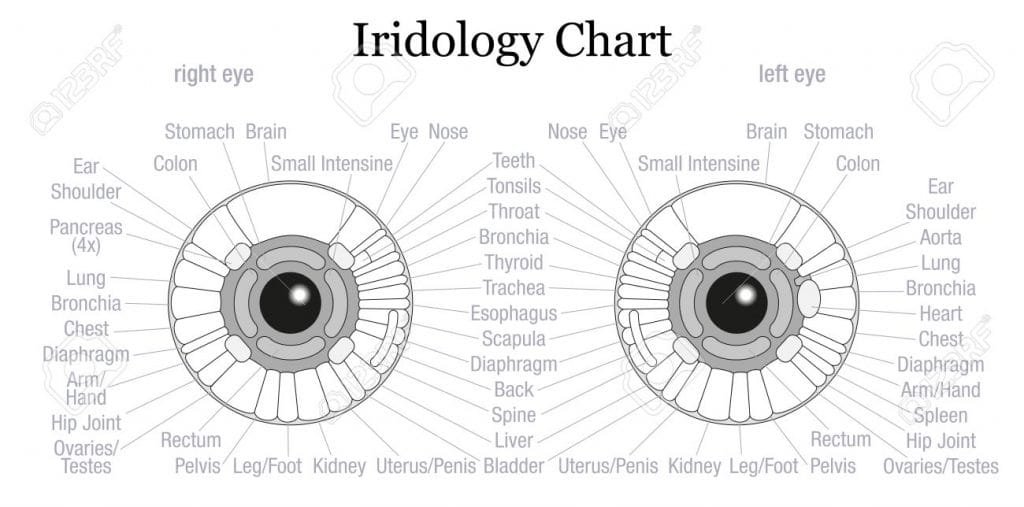eye body chart

eye body chart


eye body chart

eye body chart

eye body chart

eye body chart

eye body chart

eye body chart

eye body chart

eye body chart

eye body chart

eye body chart

eye body chart

eye body chart

eye body chart

eye body chart
eye body language chart
eye body chart
body language eye chart
How to read the eye body chart?
Čítanie jazyka
Čítanie jazyka Čítanie jazyka má oveľa rozsiahlejšiu históriu, keďže sa v čínskej medicíne používa už tisíce rokov. Podobne ako oko v iridológii, aj jazyk má reflexnú mapu, ktorá predstavuje aj orgánové systémy. Číňania boli prví, ktorí našli podobné reflexné vzťahy s ušami, rukami a nohami spojenými s akupunktúrnymi bodmi. Naši lekári pozorovaním vzhľadu a veľkosti, kvality, farby, štruktúry a povlaku jazyka zhromažďujú informácie, ktoré pomáhajú objasniť funkciu orgánov a špecifické potreby pacienta.
Naši lekári používajú iridológiu a čítanie jazyka ako doplnok k biochemickým metabolickým testom, laboratórnym krvným testom, fyzikálnemu vyšetreniu a anamnéze, a nie ako samostatnú diagnostickú metódu. V spojení s týmito ďalšími metódami sme schopní zhromaždiť viac informácií o tendenciách a vzorcoch, ktoré inak nemusia byť evidentné. Lekár sa pozerá na farebné variácie, tvary, vzory, topografiu vlákien vo vzťahu k reflexnej iridologickej mape, aby pomohol určiť, ako systémy fungujú. Podľa našich skúseností je iridológia najužitočnejšia na pochopenie toho, ako “orgánový systém” funguje skôr než vyžaduje konkrétne orgány alebo časti tela. Napríklad je pravdepodobnejšie určiť obehový stres, tráviaci stres alebo akumuláciu toxického odpadu namiesto náročného “srdce” dysfunkcia, príp “pankreasu” dysfunkcia alebo toxicita olova.
Iridológia a čítanie jazyka sú bezpečné, neinvazívne diagnostické techniky, ktoré boli overené mnohými štúdiami a spochybnené inými. Zaslúži si ďalšie skúmanie, aby sme našli svoje silné stránky, aby sa mohli začleniť do tradičných fyzikálnych vyšetrení.
What is iridology examination?
Although the study of the eye can be traced back to ancient civilizations, clinical iridology was introduced in the late nineteenth century by Ignatz von Peczely, a Hungarian doctor. Von Peczely designed his first iris chart after he noticed a correlation between streaks or markers in a patient’s iris and corresponding physical ailments. Since the creation of his iris chart, modern day iridologists use this tool to determine changes in the iris that give clues to physical changes within the body, including inflammation, toxicity, congested lymph nodes and hardening of the arteries. Although iridology cannot reveal specific diseases or ailments, it can alert the patient of potential health issues. An iridology exam is a painless, non-invasive procedure that includes a health questionnaire on your medical history and lifestyle, and an examination of the iris using an instrument called the iridiscope (a magnifying glass with a light). A special camera called an iridocamera may also be used to take a picture of the iris, which is then downloaded into a computer for analyzing.
Controversy surrounding iridology has mounted due to the misconception that the alternative therapy can accurately diagnose chronic and potentially fatal diseases. This viral misconception has been propagated by iridologists misusing their practice of the alternative technique.
“Iridology is the study of the iris, or the colored part of the eye. Iridology is not a diagnostic tool; rather it is a screening tool that gives us a glimpse into the genetic road map one is born with,” explains Trixie Clark, RN, ND, IIPA certified comprehensive iridologist (CCI) and vice president of the International Iridology Practitioners Association. “We inherit tendencies from our parents and grandparents that can affect our health. With iridology, we can inform someone of these tendencies based on the eye color and various markings that are seen. Again, we cannot diagnose diseases, like cancer or anemia, from the iris.”





































